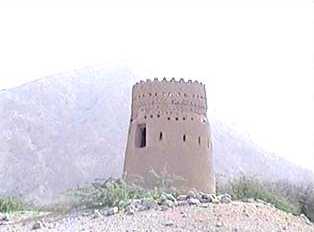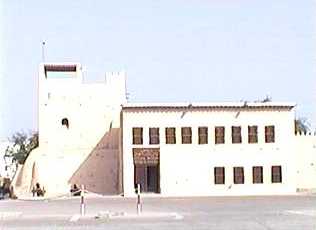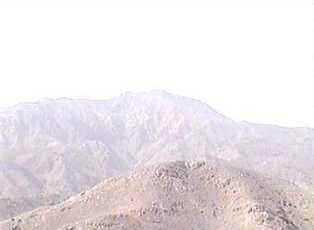
|
The Emirate of Ras Al Khaimah lies on the extreme
eastern part of the Arab world. On its borders lie the Emirates of Umm Al Quwain, Sharjah
and Fujairah. Also the Emirate has long borders with the Sultanate of Oman.
Ras Al Khaimah is well developed with roads, parks and other amenities. The city is
practically divided into two parts by substantial creek in which ships anchor. The two
parts of the city are linked by a modern bridge. Also the Emirate is well connected by a
network of modern roads, with the rest of the UAE. |

|
The western part of the Emirate is sandy coastal
plain and in the north the mountains project to the sea. The east is a mountainous
terrain. Between the coast and mountains, is fertile and agricultural land.
The Emirate is mainly an agricultural region and the farms produce a variety of vegetables
and fruits. More than 45 varieties of date palm trees grow here. |

|
PLACES OF IMPORTANCE
The present site of Ras Al Khaimah museum was originally a historical fortress of
the eighteenth century used as residence for Ruling families. The Museum exhibits a
variety of rare relics and fossils of different historical eras.
There are human remnants dating back to 3000 BC and relics of Shamal's human settlements. |

|
Other historical relics include the conical towers
located in the coastal strip used for guarding and surveillance.
Another famous fortress known as Al Zeba palace is located on a mountain overlooking the
graveyards.
The Emirate is also known for its scenic beauty, high mountains and the natural springs of
healing hot water at Ain Khat resort. As is the case with the other emirates, the visitor
is sure to enjoy the traditional Arabian courtesy and hospitality while in Ras Al Khaimah. |









